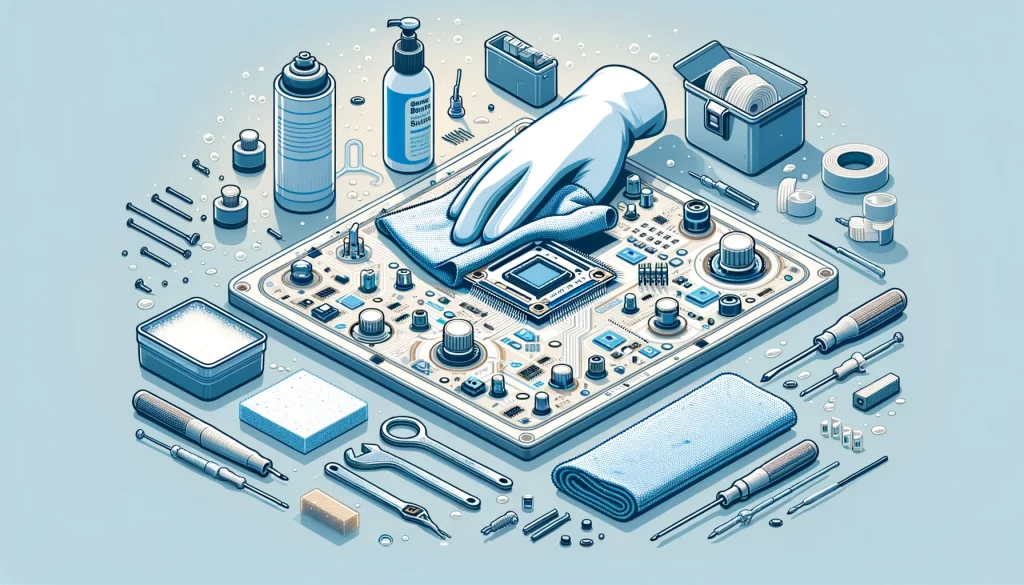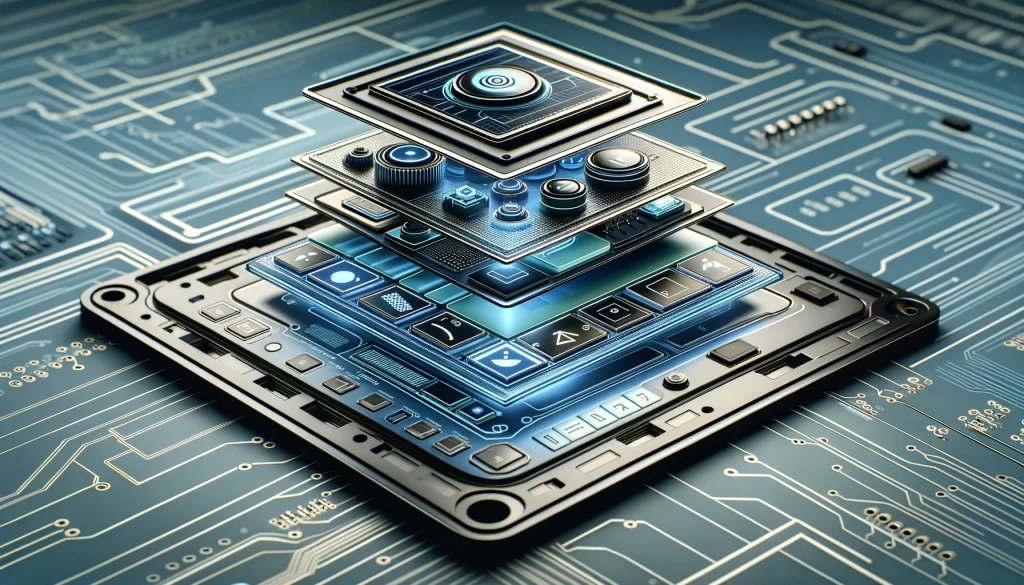Membrane switches are reliable and durable, but like all technologies, they can encounter issues. Understanding how to troubleshoot common problems can save time and prevent unnecessary repairs. In this blog, we’ll go through basic troubleshooting steps for typical membrane switch issues.
Common Issues and Troubleshooting Steps
1. Non-Responsive Keys
- Check Connections: Ensure that the membrane switch is properly connected to the device. Loose connections are often the culprit.
- Clean the Surface: Dirt or debris on the switch surface can hinder functionality. Clean the surface with a soft, dry cloth.
- Inspect for Physical Damage: Look for any visible signs of damage, like tears or cracks in the overlay.
2. Intermittent Responsiveness
- Test Individual Keys: Gently press each key to identify if the issue is localized.
- Examine for Wear and Tear: Prolonged use can lead to wear, affecting some keys more than others.
- Environmental Factors: High humidity or temperature changes can affect performance. Ensure the switch is in a suitable environment.
3. Sticking or Hard-to-Press Keys
- Debris Build-Up: Clean around the edges of the keys. Sometimes, particles can get lodged and cause keys to stick.
- Check for Overlay Deformation: If the overlay is deformed or improperly installed, it can cause keys to stick.
- Examine the Dome: The dome under the key provides the tactile feedback. If it’s damaged, it can affect the key’s functionality.
4. LEDs Not Working
- Check LED Connections: Make sure that LEDs are properly connected and haven’t come loose.
- Inspect for Electrical Faults: Use a multimeter to check for electrical continuity. LED issues might be due to circuit problems.
5. Inconsistent Tactile Feedback
- Dome Wear: Over time, the dome can wear out, changing the tactile feedback. Check if the dome needs replacement.
- Overlay Issues: An improperly installed overlay can affect how the keys feel.
Preventative Measures
- Regular Cleaning: Regular cleaning can prevent many issues, especially those related to debris and dirt build-up.
- Gentle Use: Avoid applying excessive force to the keys, which can lead to premature wear.
- Environmental Control: Keep the switches in an environment with stable temperature and humidity.
When to Seek Professional Help
If basic troubleshooting doesn’t resolve the issue, it might be time to consult a professional. ElastoKey offers expert advice and repair services for more complex problems.
Conclusion
Basic troubleshooting for membrane switches is often about checking connections, cleanliness, and looking for visible signs of wear or damage. Regular maintenance and gentle use can extend the life of your membrane switches. For issues that go beyond basic troubleshooting, don’t hesitate to reach out to professionals.
For more detailed information and support, visit ElastoKey’s resource center or get in touch with our technical support team.




